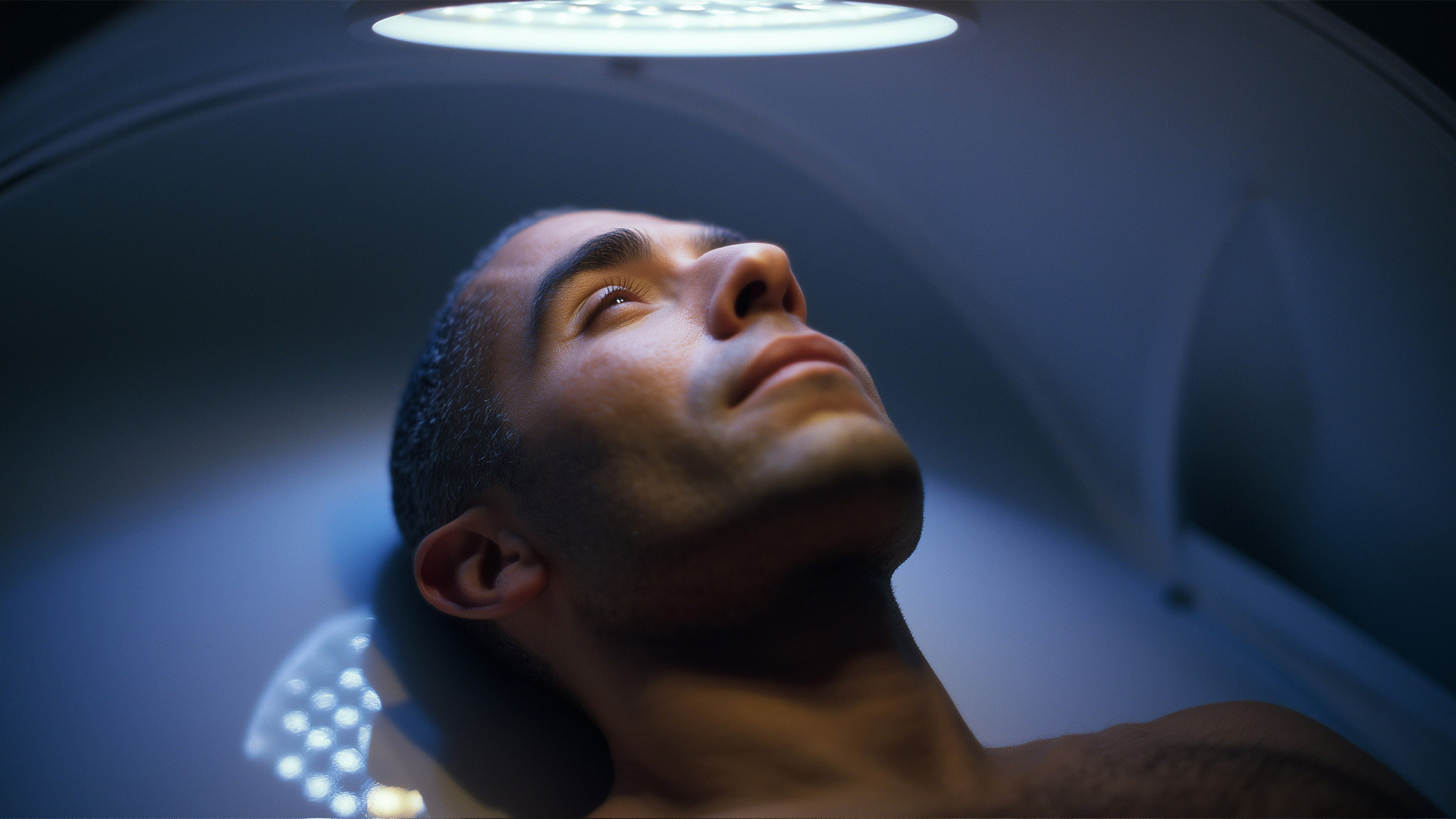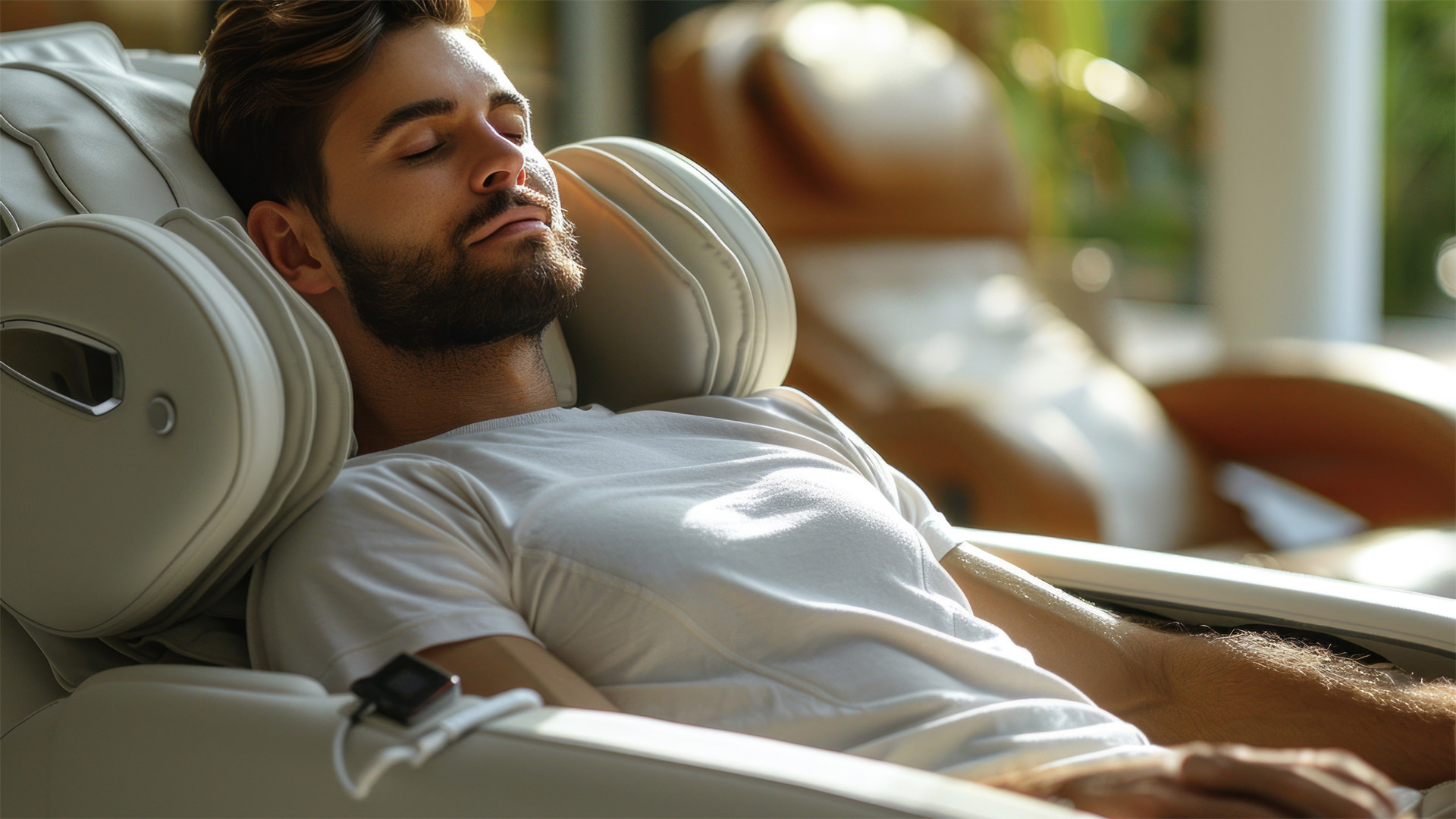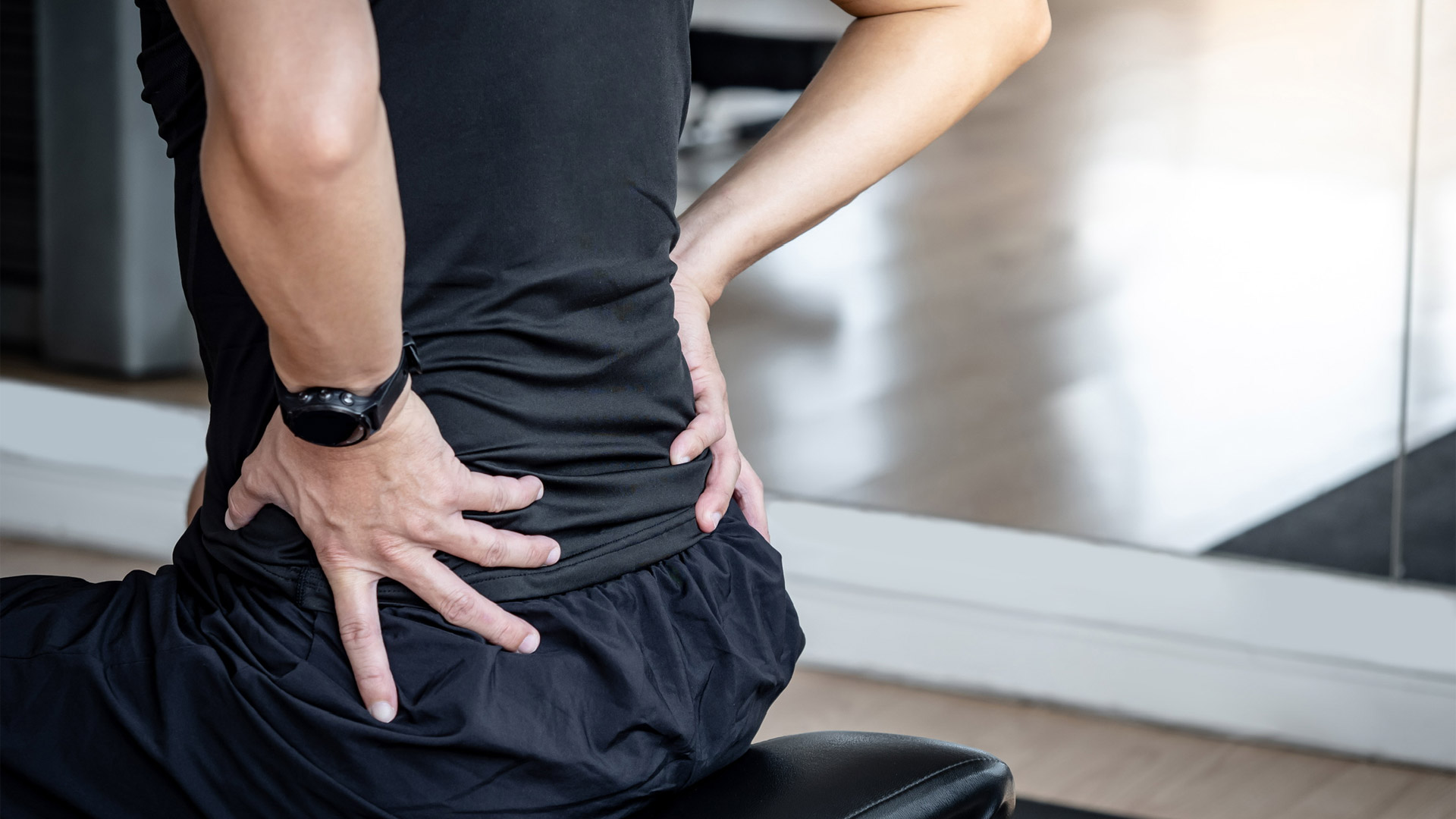All Categories


The recovery room used to be a quiet corner with foam rollers, towels, and maybe a massage chair. That scenery is slowly changing.
In gyms across the U.S., hyperbaric chambers are no longer rare. They’re starting to show up alongside squat racks and cardio machines, not just in medical settings or elite sports clubs.
It’s not a trend driven by hype, but a response to what members now expect: recovery tools that work and memberships that feel complete and premium alongside environments that help them train smarter, not harder.
A hyperbaric chamber delivers pure oxygen at higher-than-atmospheric pressure. Inside, users breathe in 95 to 100 percent oxygen while their body is placed under controlled compression. This triggers several physiological changes vital for recovery.
First, our capillaries dilate, allowing more blood to flow through tissues. This saturates oxygen further, reaching areas that typically don’t get that much oxygen. This may help reduce inflammation at the cellular level. The net result is improved muscle recovery, faster wound healing, and even cognitive benefits.
For the average gym-goer, that means coming back stronger after a tough session. For older members or those dealing with injury, it shortens the downtime between effort and progress.
Hyperbaric systems let clubs bridge the gap between fitness and therapeutic recovery. And in a competitive market, that edge matters.
In researching HBOT, recovery came up repeatedly in conversations with club operators. They talked about the therapy not from a luxury perspective, but based entirely on the results. The appeal goes beyond member satisfaction as it also adds a new layer to the business model:
Not all chambers are built for commercial use. Gym owners need something durable, simple to operate, and safe for frequent daily use.
That’s where Oxygen Health Systems stands out. They offer over 20 models, including hard-shell multiplace chambers built for two or more users. Their systems use medical-grade materials, are manufactured in the U.S., and ship fast thanks to nationwide warehouses.
Trusted by teams like the NY Giants, Stanford University, and the US Soccer Federation, the company also works with dozens of small wellness centers and independent gyms.
Most commercial chambers need 50 to 100 square feet. Ventilation and electrical access are a must. If you have a small gym, vertical sitting models might be the better fit. For larger studios, horizontal hard-shell units provide a better client experience and easier throughput.
From a staff training standpoint, most clubs report that onboarding is easy to grasp after a Zoom walkthrough and one in-person session, front desk or wellness staff can manage bookings and assist members confidently.
Hyperbaric pricing varies, but Oxygen Health Systems offers a range of models starting at $15,499. If you run four to six sessions per day at $40–$60 each, the chamber pays itself off within 12 to 18 months. From there, it becomes a long-term differentiator.
The best part? Client retention also improves. Because now they will go to your club to get stronger and recover faster.
Clubs that win in 2025 are creating full-body ecosystems (training, education, and recovery) all in one space.
A hyperbaric chamber might sound like a leap, but it aligns with how gym culture is evolving. Members want results and care routines. Owners want margins and loyalty. HBOTs meet both.
Operators who act early tend to get the best return. Those who wait often end up reacting when competitors have already offered it.
About Robert James Rivera
Robert is a full-time freelance writer and editor specializing in the health niche and its ever-expanding sub-niches. As a food and nutrition scientist, he knows where to find the resources necessary to verify health claims.
Powering the Business of Health, Fitness, and Wellness Coaching

By Robert James Rivera

By Robert James Rivera

By Elisa Edelstein

By Elisa Edelstein

By Elisa Edelstein

By Robert James Rivera

Powering the Business of Health, Fitness, and Wellness Coaching
